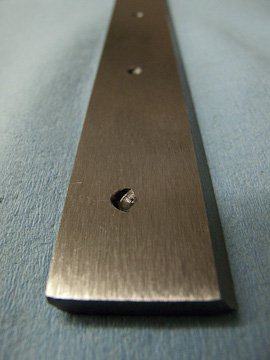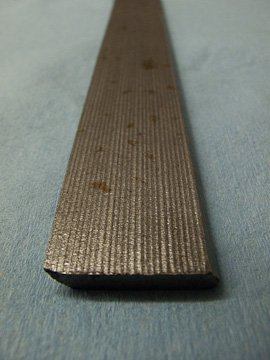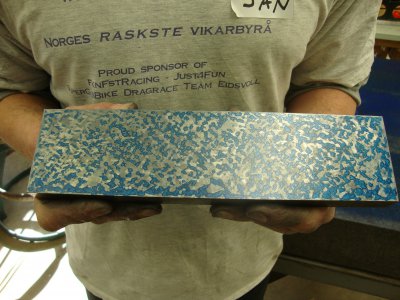Hello Gentlemen,
I'm very new to machining and a new 3-N-1 machine recently arrived. The handwheel to move the carriage was difficult to turn. While adjusting the gib on the back side of the carriage I noticed the face of the gib that rides against the rear way is pretty uneven and rough. I wouldn't consider it a machined surface. Since this rides against the way (a machined surface), I wondered if it needed some attention. My fear is that the uneven surface will wear grooves in the rear way.
Should the surface of the gib that rides along the way be smooth?
Thanks in advance!
- Squelch
I'm very new to machining and a new 3-N-1 machine recently arrived. The handwheel to move the carriage was difficult to turn. While adjusting the gib on the back side of the carriage I noticed the face of the gib that rides against the rear way is pretty uneven and rough. I wouldn't consider it a machined surface. Since this rides against the way (a machined surface), I wondered if it needed some attention. My fear is that the uneven surface will wear grooves in the rear way.
Should the surface of the gib that rides along the way be smooth?
Thanks in advance!
- Squelch



